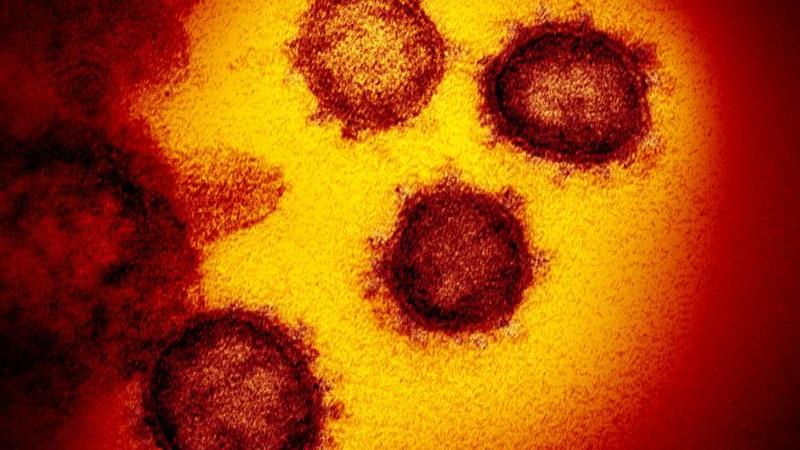Los Alamos Experts Warn Covid-19 “Almost Certainly Cannot Be Contained”, Project Up To 4.4 Million Dead
by Sharon Begley via StatNews.com,
ZeroHedge.com
Mon, 02/17/2020
At least 550,000 cases. Maybe 4.4 million. Or something in between.
Like weather forecasters, researchers who use mathematical equations to project how bad a disease outbreak might become are used to uncertainties and incomplete data, and Covid-19, the disease caused by the new-to-humans coronavirus that began circulating in Wuhan, China, late last year, has those everywhere you look. That can make the mathematical models of outbreaks, with their wide range of forecasts, seem like guesswork gussied up with differential equations; the eightfold difference in projected Covid-19 cases in Wuhan, calculated by a team from the U.S. and Canada, isn’t unusual for the early weeks of an outbreak of a never-before-seen illness.
But infectious-disease models have been approximating reality better and better in recent years, thanks to a better understanding of everything from how germs behave to how much time people spend on buses.
“Year by year there have been improvements in forecasting models and the way they are combined to provide forecasts,” said physicist Alessandro Vespignani of Northeastern University, a leading infectious-disease modeler.

That’s not to say there’s not room for improvement. The key variables of most models are mostly the same ones epidemiologists have used for decades to predict the course of outbreaks. But with greater computer power now at their disposal, modelers are incorporating more fine-grained data to better reflect the reality of how people live their lives and interact in the modern world — from commuting to work to jetting around the world. These more detailed models can take weeks to spit out their conclusions, but they can better inform public health officials on the likely impact of disease-control measures.
Models are not intended to be scare machines, projecting worst-case possibilities. (Modelers prefer “project” to “predict,” to indicate that the outcomes they describe are predicated on numerous assumptions.) The idea is to calculate numerous what-ifs: What if schools and workplaces closed? What if public transit stopped? What if there were a 90% effective vaccine and half the population received it in a month?
“Our overarching goal is to minimize the spread and burden of infectious disease,” said Sara Del Valle, an applied mathematician and disease modeler at Los Alamos National Laboratory. By calculating the effects of countermeasures such as social isolation, travel bans, vaccination, and using face masks, modelers can “understand what’s going on and inform policymakers,” she said.
For instance, although many face masks are too porous to keep viral particles out (or in), their message of possible contagion here! “keeps people away from you” and reduces disease spread, Del Valle said. “I’m a fan of face masks.”
The clearest sign of the progress in modeling comes from flu forecasts in the U.S. Every year, about two dozen labs try to model the flu season, and have been coming ever closer to accurately forecasting its timing, peak, and short-term intensity. The U.S. Centers for Disease Control and Prevention determines which model did the best; for 2018-2019, it was one from Los Alamos.
Los Alamos also nailed the course of the 2003 outbreak of SARS in Toronto, including when it would peak. “And it was spot on in the number of people who would be infected,” said Del Valle: just under 400 in that city, of a global total of about 8,000.
The Rest…HERE


Paul, How do I send you a photo?
(friend of the late Dr Norm)
Email me at radiodude419@hotmail.com